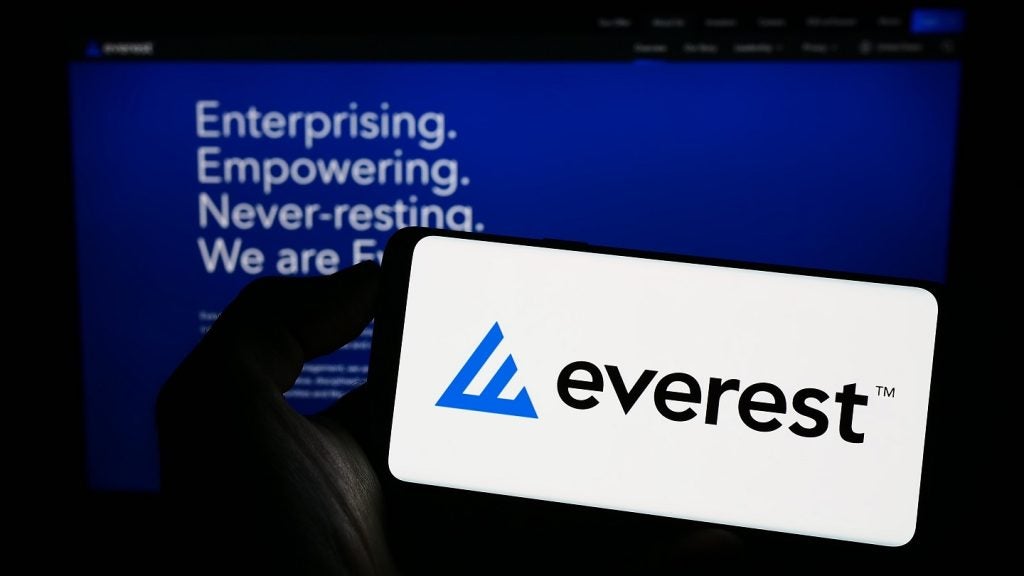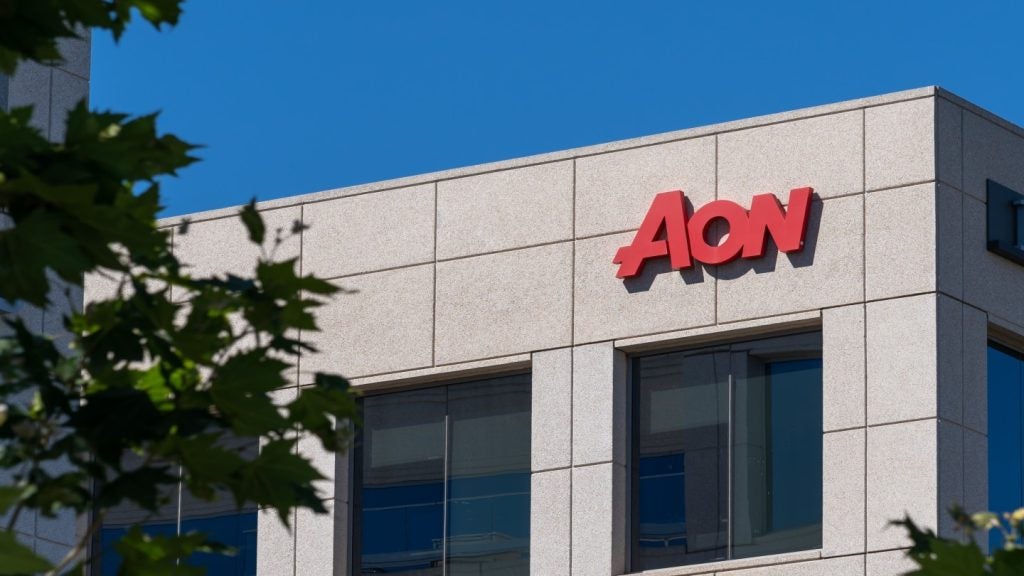
Those who follow these things will be familiar with the concept of "Solvency II third-country equivalence". The basic premise is this: insurers and reinsurers ((re)insurers) domiciled in the European Economic Area (EEA) must comply with the whole of Solvency II from 1 January 2016, unless they can rely on an exemption or transitional provision. Chris Finney, a partner at law firm Cooley (UK) LLP, explains
The same principle applies to (re)insurance groups. This means that almost every (re)insurer in the EEA is required to calculate its "solo" Solvency Capital Requirement (SCR), and make sure it has enough capital to meet it, at all times.
And the parent of a (re)insurance group is required to calculate the group’s SCR, and make sure there is enough capital available in the group to meet that SCR at all times, as well.
This seems straight forward. But what happens if the group has a parent or subsidiary outside the EEA? And what happens if an EEA (re)insurer wants to buy reinsurance from a risk carrier outside the EEA? Do these third-country (re)insurers have to comply with some or all of Solvency II as well? The answer depends on Solvency II’s "third-country equivalence" rules.
If the parent of a group calculates the group SCR and the value of the group’s assets using consolidated accounting, it is entitled to calculate the non-EEA subsidiary’s contribution to each of these things using the subsidiary’s "local rules".
However, if the calculation is done using deduction and aggregation, the parent is required to calculate the subsidiary’s contribution to the SCR and assets using Solvency II’s rules – unless the subsidiary is in a Solvency II equivalent jurisdiction.
How well do you really know your competitors?
Access the most comprehensive Company Profiles on the market, powered by GlobalData. Save hours of research. Gain competitive edge.

Thank you!
Your download email will arrive shortly
Not ready to buy yet? Download a free sample
We are confident about the unique quality of our Company Profiles. However, we want you to make the most beneficial decision for your business, so we offer a free sample that you can download by submitting the below form
By GlobalDataIf it is, the subsidiary’s local rules will still apply. This matters because, more often than not, if Solvency II is used, the SCR will be higher and/or the value of the group’s assets will be lower, than if the subsidiary’s local rules were used.
Decision time
If the parent of a (re)insurance group is outside the EEA, the supervisory authorities inside the EEA has a decision to make: should they regulate the part of the group that is inside the EEA, with little or no regard to, or control over, the rest of the group?
Should they attempt to regulate the whole group through the highest EEA (re)insurer in the group, even if that (re)insurer will find it difficult or impossible to calculate the group’s SCR and make sure there are enough assets available in the group to meet it?
Or should they do what they would have done if the ultimate parent was in the EEA? In other words, form a supervisory college, which is led by the parent’s regulator, with contributions from, and the assistance of, those who regulate the individual (re)insurers in the group.
The answer: if the parent is in a country that is Solvency II equivalent, the EEA regula¬tors will be required to form a college with the parent’s regulator, and to rely on that regulator to lead it.
If an EEA (re)insurer buys its reinsurance from an EEA reinsurer, it will be entitled to take regulatory capital credit for the value of that reinsurance, up to a rule-prescribed amount.
If it buys its reinsurance from a reinsurer outside the EEA, it will be entitled to regu¬latory capital credit up to the same amount if the reinsurer is in a Solvency II equivalent jurisdiction.
If it is not, the (re)insurer may only be able to take the same amount of regulatory capital credit, if (for example) the (re)insurer posts collateral to protect the EEA (re)insurer against the risk that the reinsurer will default.
Solvency II equivalence
The European Commission has recently decided that Switzerland is Solvency II equivalent for group capital, group supervision and reinsurance purposes. The Commission’s decisions will be considered by the European Parliament and Council; and, if the Parliament and Council are content, which seems likely, the Swiss equivalence decisions will become final before the end of 2015.
The Commission has also decided that Australia, Bermuda, Brazil, Canada, Mexico and the United States of America are Solvency II equivalent for group capital purposes (only); on a 10 year renewable basis (only). These decisions are also subject to review by the European Parliament and the Council; and they are equally likely to be endorsed.
It is not yet clear, but it appears that the Commission is still considering whether Bermuda should be regarded as Solvency II equivalent for group supervisory purposes; and/or Bermuda and Japan should be regarded as Solvency II equivalent for reinsurance.
These assertions will surprise some. For example, many commentators were expect¬ing the Commission to announce all of its equivalence decisions at once. They were also expecting to hear that Bermuda was equiva¬lent on all three bases, not just one.
USA impact
Perhaps the biggest surprise is that the USA is to be regarded as Solvency II equivalent for group capital purposes, when it did not apply and, at times, it had seemed determined to stay out of the process.
The answer to this lies in the identity of the "winners" and "losers", when a country’s equivalence
of group capital purposes is determined.
This is because, at least arguably, group capital equivalence only matters if an EEA (re)insurance group has a third-country subsidiary.
In these circumstances, if the third-country is Solvency II equivalent, the sub¬sidiary’s contribution to the group SCR and assets will be calculated using local rules.
Whereas, if the third-country is not equiva¬lent, each of these things will be calculated using Solvency II instead.
And, in most cases, the European group will need more capital if Solvency II is used than it would need if local rules applied.
So, if the US is Solvency II equivalent for group capital purposes, the "winners" are likely to be EEA (re)insurance groups.
All of which might suggest that the US is to be given group capital equivalence, whether it likes it or not.
So what about group supervision and reinsurance?
In practice, some European groups with US parents are benefitting, or are expect¬ing to benefit, from Solvency II group supervisory equivalence, whatever the Commission decides.







